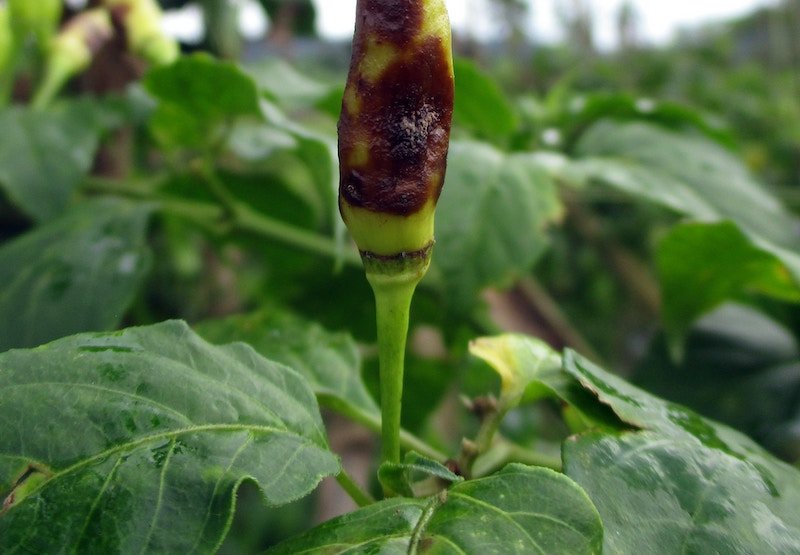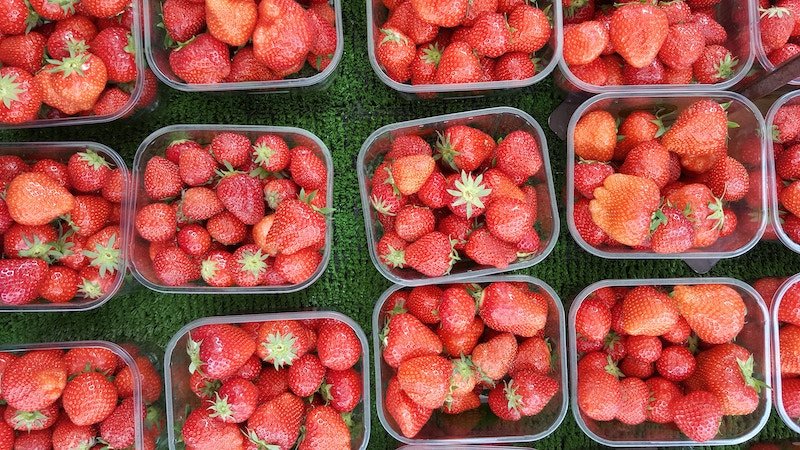Computer vision algorithms can analyze satellite imagery and terrain data to assess the suitability of land for different types of crops. By examining factors such as soil quality, topography, and sunlight exposure, computer vision systems can recommend optimal crop choices for specific areas. This information aids in determining the most suitable crops to cultivate on different parcels of land, maximizing productivity and resource utilization.
What’s more by analyzing images or sensor data, computer vision systems can determine the optimal spacing between plants and ensure accurate planting depths. This helps to optimize seed distribution, promote uniform crop growth, and maximize yield potential.
Computer vision can optimize irrigation and resource management by monitoring crop water stress levels. By analyzing imagery and utilizing vegetation indices, computer vision systems can assess the water needs of crops and identify areas requiring irrigation. This helps farmers optimize water usage, conserve resources, and improve crop productivity.
The insights provided by computer vision help in selecting appropriate crops, managing crop health, optimizing yields, and promoting efficient and sustainable agricultural practices.

Drones are able to capture huge volumes of data with a built-in camera that can cover vast areas. This makes them a powerful monitoring tool for agriculture applications. Supported with computer vision algorithms, drones can monitor crop condition and health, and detect abnormalities. They can be also applied for operations such as pesticide spraying. Equipped with spray guns and cameras drones can autonomously identify areas that require pesticide and spray accordingly in adequate amounts.
Quality assurance of the harvest is one of the basic tasks in agriculture. It involves visual inspection of the products and assessment of their features such as color, size, ripeness and defects. All these aspects can be automatically assessed by a trained object detection model, which can recognize and classify crops according to the predefined criteria. Moreover, the collected data can be further re-used for analyzing trends and planning application of watering, fertilizing and protection measures.
Computer vision can assist in early detection of plant diseases and pest infestations. By analyzing images of crops captured by drones or cameras, computer vision algorithms can identify visual cues indicating the presence of diseases or pests. Rapid detection allows for targeted interventions, reducing the risk of widespread crop damage and enabling more efficient use of pesticides. Here object detection algorithms trained e.g. for fruit and vegetable detection can be effectively applied for yield estimation. Counting crops is an important preharvest step that allows large-scale farms to support their logistic decisions on required transportation or labor force.
Finally plant phenotyping is the study of the characteristics of the cultivated plants in the field or in the greenhouse conditions. By systematic inspection and evaluation of plant development and structure, botanists draw conclusions on plant adaptability and resistance to external conditions and diseases. This kind of measurement and analysis was formerly performed manually by specialists and consumed a lot of effort and time. With the help of computer vision enhanced with AI, data acquisition and analysis can be effectively automated. This method minimizes manual labor and is completely non-invasive, i.e. it does not affect the development of plants.

Computer vision can integrate with harvest planning, allowing for seamless transition from crop planning to the scheduling of harvesting activities. By examining visual cues such as color, size, and texture, computer vision systems can estimate the optimal harvest time for each crop. This information helps farmers and harvest planners to schedule harvesting activities efficiently and maximize crop quality and yield.
By example automation of fruit and vegetable harvesting is one of the basic ways for manual labor reduction and cost optimization in agriculture. The task is performed by specialized robots, which combine the hardware and software components to achieve best accuracy in autonomous harvesting of fruits and vegetables. The robots are equipped with object recognition algorithms that can detect and classify objects to be grasped and harvested. The computer vision component provides data to control the machine. Both grasping precision as well as object detection accuracy are crucial factors deciding on the final machine performance.
Providing insights on crop maturity, yield potential, and quality attributes, computer vision systems can optimize harvest schedules, labor allocation, and logistics planning. By analyzing field conditions, crop health, and the distribution of ripe crops, computer vision systems can guide the deployment of labor, machinery, and transportation resources. This helps ensure that resources are utilized optimally, reducing costs and improving overall operational efficiency.
These capabilities enable farmers and harvest planners to make informed decisions, maximize productivity, minimize waste, and optimize the overall harvest process.
Annotating data for computer vision in agriculture involves labeling and marking specific objects or regions of interest within images to train machine learning models.
First define annotation types, determine the specific objects or features you want to annotate in your agricultural images. For example, you might want to label crops, weeds, pests, disease symptoms, or specific plant parts. The next step is to gather a diverse set of images that cover various agricultural scenarios, including different crop types, lighting conditions, and angles. Ensure that the images capture the objects or features you want to annotate.
Decide on type of annotation, e.g. bounding boxes are commonly used to annotate objects in computer vision, it is good for easy data, such as crops or pests. Remember to adjust the boxes to tightly encapsulate the objects while avoiding unnecessary inclusion of background. For more detailed annotations, especially when dealing with complex shapes or overlapping objects, you can use segmentation masks. Segment each object or region of interest pixel by pixel using tools that allow you to draw or paint within the boundaries. Don’t forget to Include class labels! Assign appropriate class labels to each annotation. For example, if you are annotating different crop types, assign labels such as “wheat,” “corn,” or “soybean” to each bounding box or segmentation mask.